Local Native Grasses
| Plant Details | |
| Common Name Sweetflag Botanical Name Acorus americanus This sword shaped grass is 24 to 36 inches tall and is found in pond edges and wet soils. The flower stalk is 3 inches long with tiny flowers. The leaves, when bruised have a sweet smell to them and were once used in flavoring candy. Sweetflag Details |
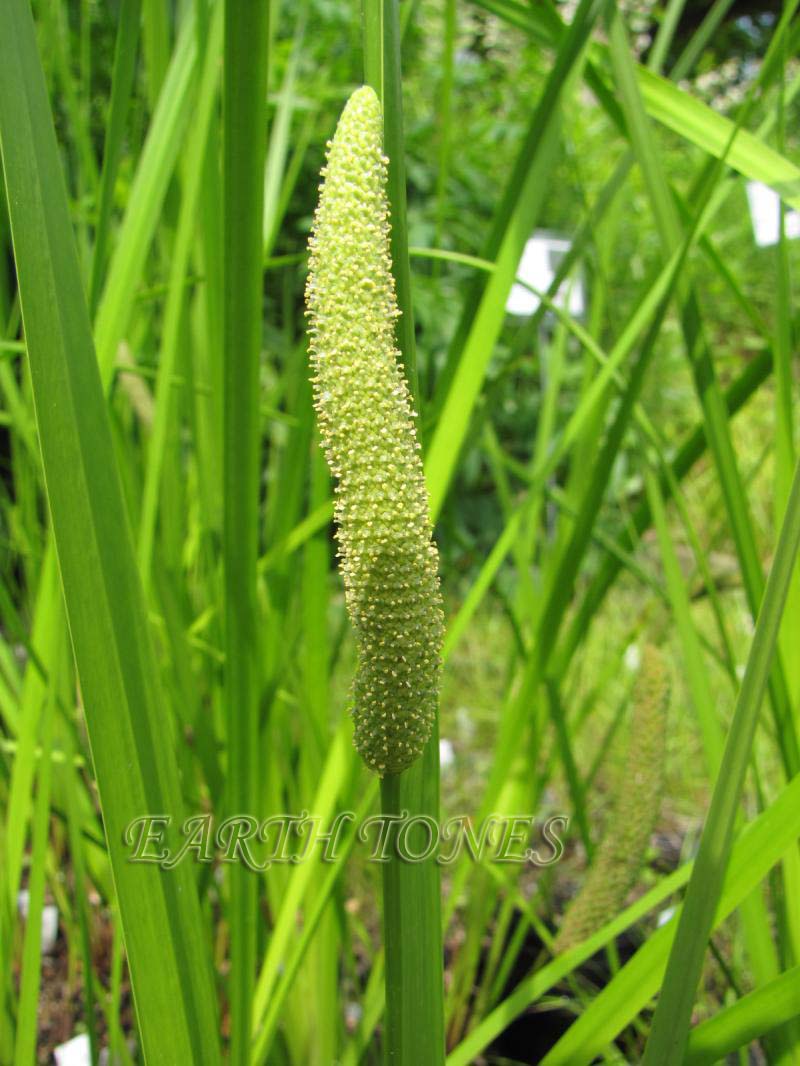 |
| Common Name Big Bluestem Botanical Name Andropogon gerardii Very important to prairies, this grass grows in a diverse set of conditions. It can become 5 to 8 feet tall in a sunny location. In late August, the seed heads produced resemble turkey feet and provide a food source for many species. After the first frost, the stems turn a beautiful bronze. Big Bluestem Details |
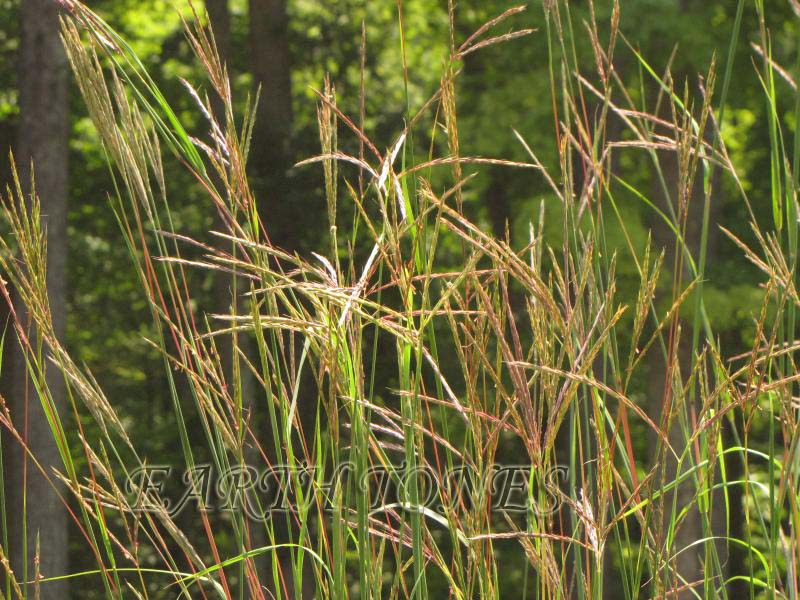 |
| Common Name Long-awned Wood grass Botanical Name Brachyelytrum erectum This grass produces floral spikelets or panicles in the summer. It is a larval food source for the Pearly Eye Butterfly. It has wide blades and heads similar to wheat. Prefers partial sun with moist or average soil. Grows 2 to 4 Feet tall. Long-awned Wood grass Details |
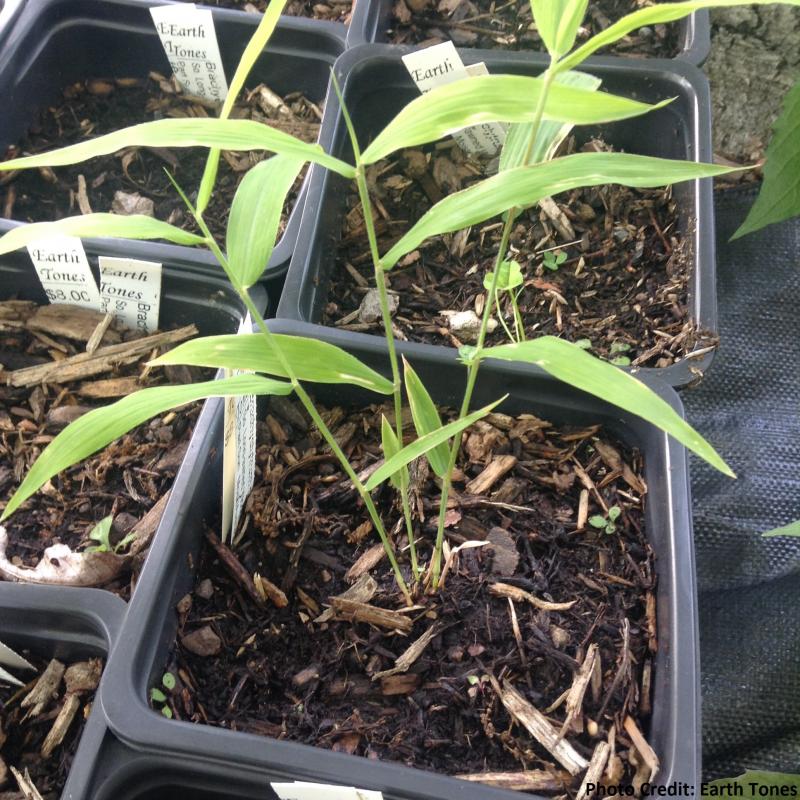 |
| Common Name Yellow-fruited Sedge Botanical Name Carex annectens Grows 1 to 2 feet tall in a partially sunny location with moist soil.Develops yellow seed heads in the late spring. A great choice for bioretention! Yellow-fruited Sedge Details |
|
| Common Name Drooping Woodland Sedge Botanical Name Carex arctata This grass develops fine, drooping, greenish spikes of grains along long, arching stems in the early summer. Prefers moist soils in a partially shady location. Grows 1 to 3 feet tall. Drooping Woodland Sedge Details |
|
| Common Name Silvery Sedge Botanical Name Carex canescens Grows 8-12 inches tall in partial sun. prefers moist to wet soils. It is a terrific addition to bogs or wetlands! This pretty grass gets its name from the fine, silvery white hairs on its blades. Silvery Sedge Details |
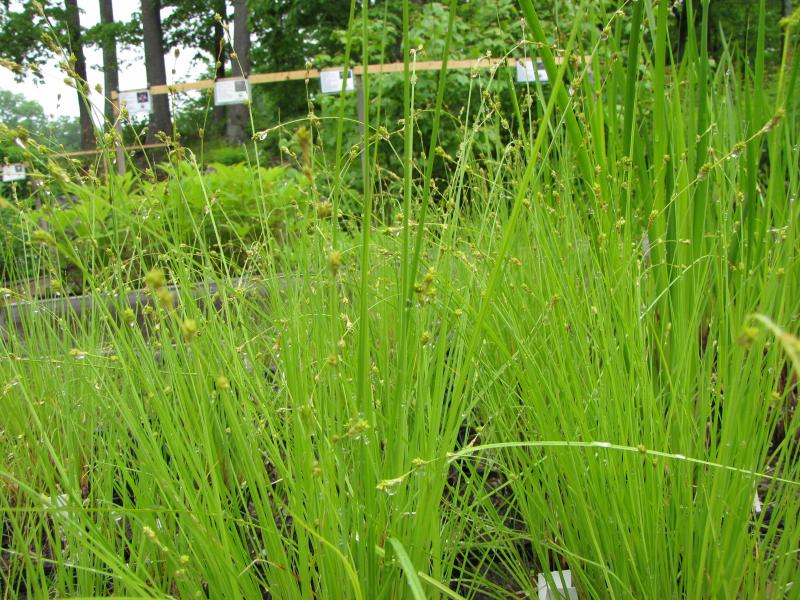 |
| Common Name Fringed Sedge Botanical Name Carex crinita Found in bottomland prairies, moist upland prairies, margins of bodies of water, spring branches, and fens. Develops green, drooping grass flowers in the spring. It is a clump-forming sedge. Prefers moist to wet soil in the sun or partial shade. Grows 1-3 feet tall. Fringed Sedge Details |
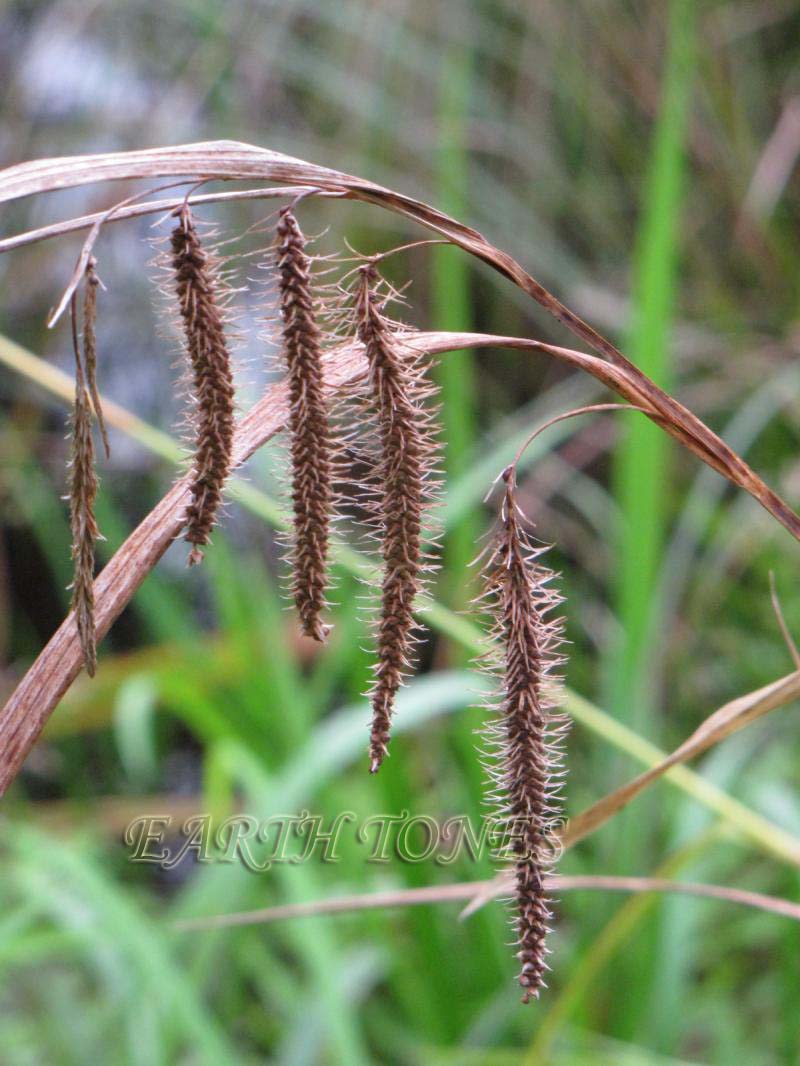 |
| Common Name Soft-leaved Sedge Botanical Name Carex disperma The blades of this pretty sedge rustle nicely in the wind! It grows 1 to 2 feet tall. Prefers a lightly shaded location with moist soil. Produces green seed heads in the summer. Soft-leaved Sedge Details |
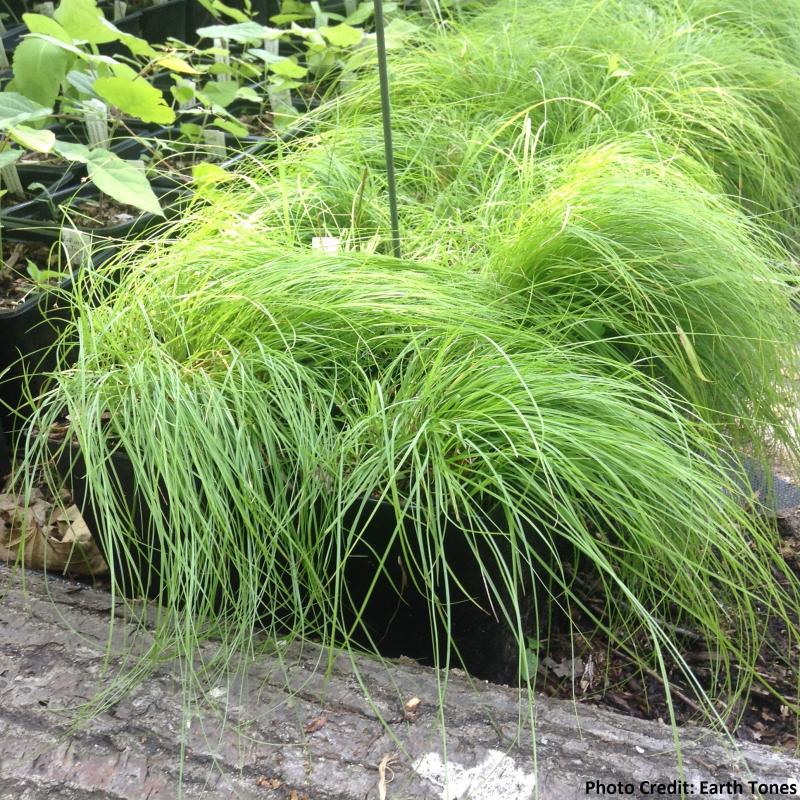 |
| Common Name Gray or Mace Sedge Botanical Name Carex grayi This grass has lime green, pleated foliage. Its spiked seed heads are attractive in floral arrangements. Grows 2-3 feet tall in moist, rich locations. Gray or Mace Sedge Details |
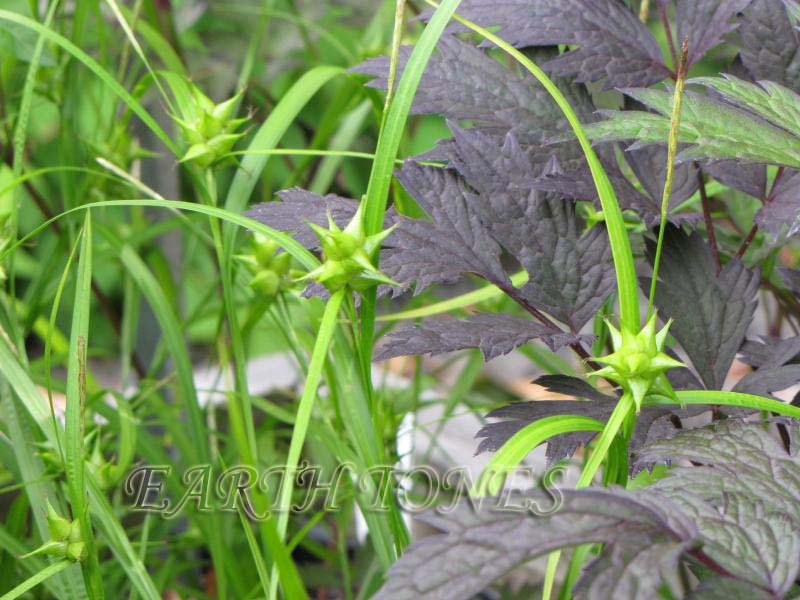 |
| Common Name Greater Bladder Sedge Botanical Name Carex intumescens This wetlands sedge has attractive spiky green seed heads that form in the late spring or early summer. Grows 1-3 feet tall. Prefers a partially sunny location with moist to wet soil conditions. Greater Bladder Sedge Details |
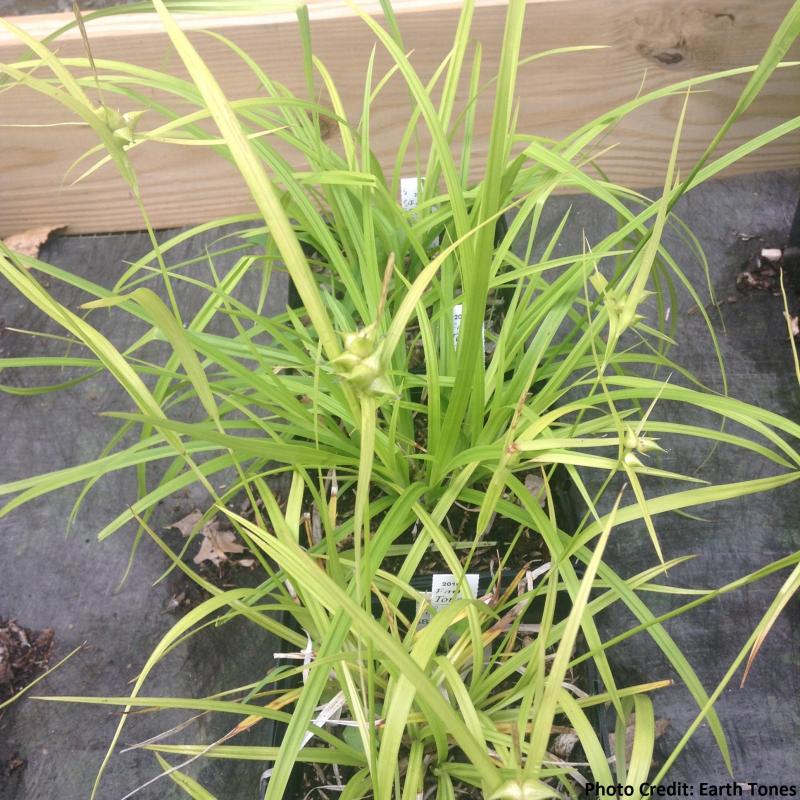 |
